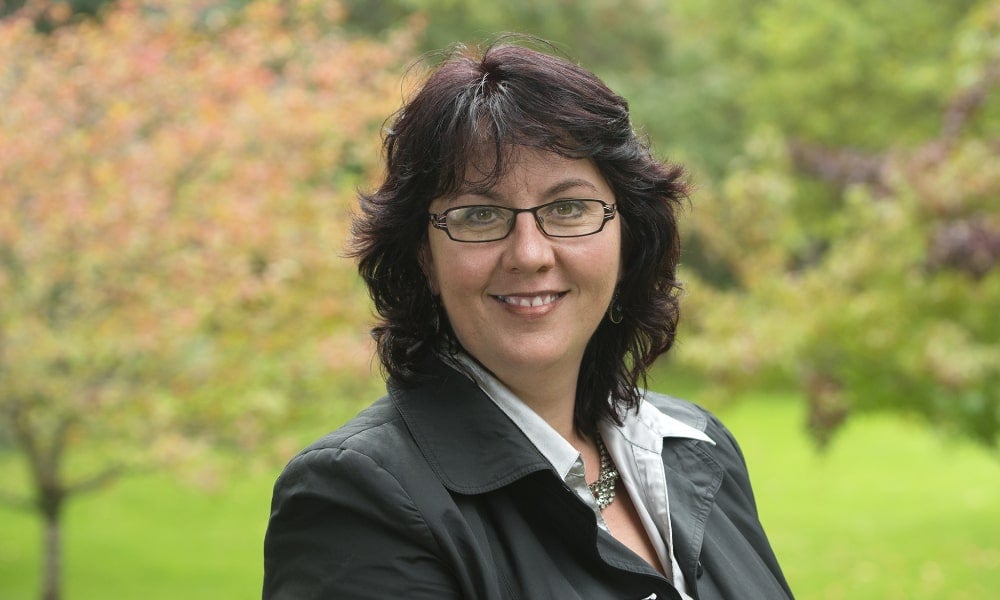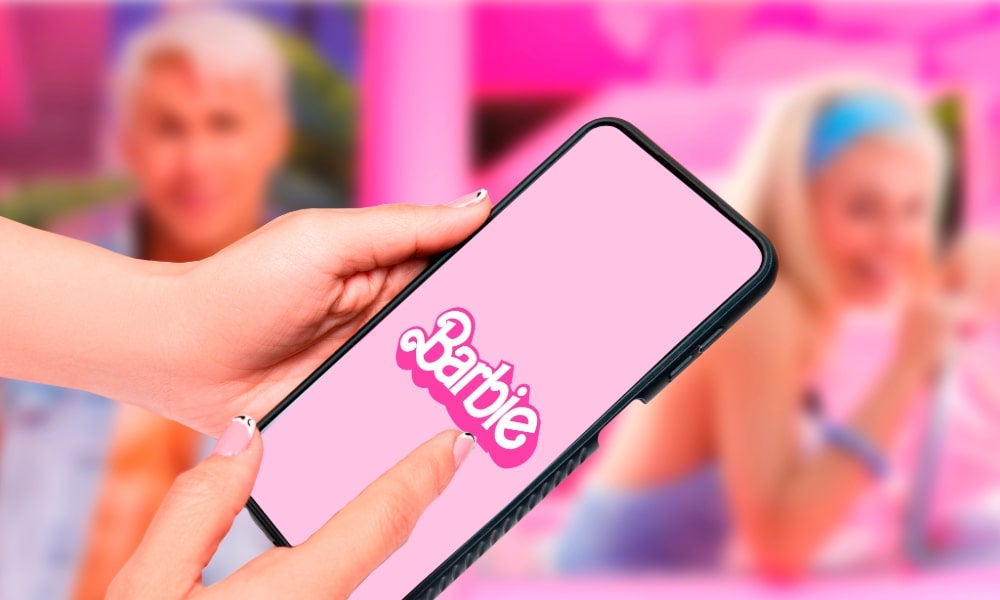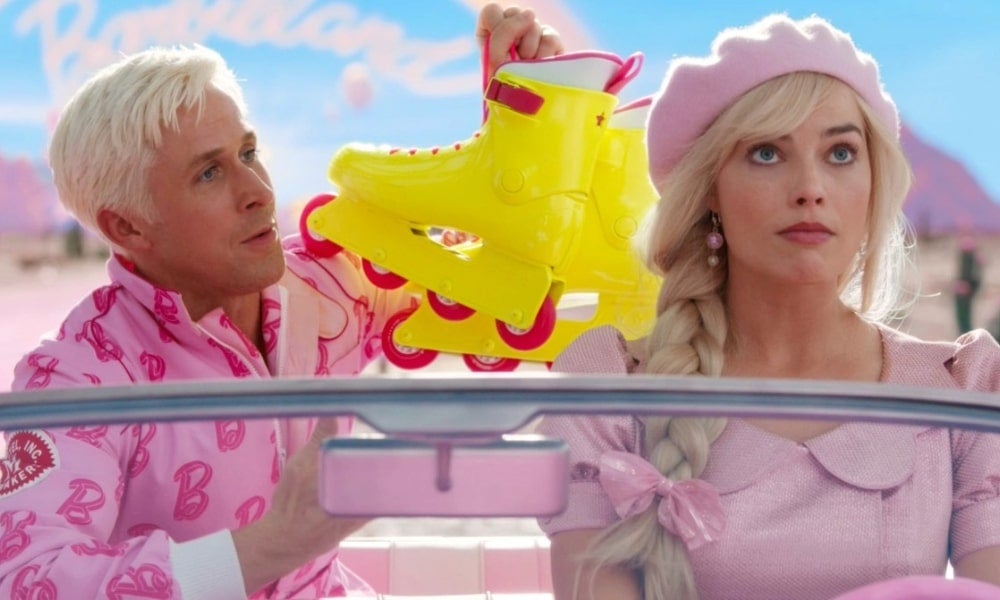Barbie’s leadership lessons for the real world
The Barbie movie can teach us some insightful lessons about modern public sector leadership, writes Professor Catherine Althaus
The Barbie movie was a phenomenon of unexpected impact, becoming the highest-grossing film of 2023. Clever scripting, meticulous attention to music, costuming and casting detail, and curation of intense emotional connections to childhood play experiences and so-called gender wars have made the movie a cultural phenomenon.
Can we learn anything from the hype? Here are some insightful lessons that Barbie offers for modern public sector leadership:
Perfection is an illusion and challenging the status quo is hard
Margot Robbie’s stereotypical Barbie character microscopes the existential disruption of so-called perfect communities and the very real disruption that can happen to the comfort we find in our status quo. Barbie finds her satisfying dreamworld rudely disrupted when she starts having thoughts of despair and death. Her sanitised, perfect life starts to fall apart, symbolised by the arches of her plastic feet collapsing. She has never encountered this reality before. She can no longer walk through her life in the same way again. As many modern leaders will relate, her stock standard technical recipes for leadership success no longer work. What got her to this point won’t work anymore. She is bumping up against adaptive challenges. She is paralysed, overwhelmed and, at many points, in denial.

What then unfolds is a clever plot move to make us pause over the distribution of power amongst our organisations and societies. We need to dig beneath the surface of status-quo perfection to uncover systemic anomalies and unrest. Barbie is forced to reach out across her normal factional alliances to visit ‘Weird Barbie’ – that Barbie who is played with a little too hard – to figure out what her next steps might be.
Barbie tries a classic traditional leadership move. She seeks to be rescued by a big hero. She laments: “I’m just going to sit here and wait and hope that one of the more leadership-oriented Barbies snaps out of it and does something about this whole mess”. Sound familiar? But we know from modern leadership scholarship and practice that this impulse reaction doesn’t cut it. Adaptive challenges don’t have a solution. We are all implicated in the ‘mess’ and we all need to play a part. Leadership is a team sport as well as an individual journey.
Thus, Barbie starts on an adventure, uncovering her own and Ken’s assumptions and worldviews, opening up different possibilities for them both. They both start digging into the identities they held of themselves with all the embedded DNA code and associated lessons they had accumulated. What they previously considered the only way to conceive of themselves and their realities is now open to new interpretations and possibilities, accompanied by new responsibilities and consequences. They both – their own unique ways – step into the frontiers of their own competence and reach for new insights into the roles they have unquestionably accepted to date but are now beginning to surface, test and renegotiate. Along the way, they confront the losses precipitated by change, whether they want that change or not.
Read more: Farayi Chipungu: two big ideas for successfully leading change
The relationship between change and loss
Barbie encourages us to pause, reflect and challenge ourselves to consider the leadership of inflicting loss on ourselves and those we love and care about. Stereotypical Barbie did not know what she was getting herself into. She bumped up against traditional command and control authority-informed leadership frameworks as well as the more challenging adaptive leadership ideas from Ron Heifetz and Marty Linsky that suggest we have to ‘disappoint people at a rate they can tolerate’.
Barbie moves beyond competition between Barbies and Kens towards a new reality where everyone is invited to reimagine their purpose, roles, histories and aspirations. In doing so, Stereotypical Barbie does not know where everyone will end up, but she is aware that everyone will lose something if they shift the status quo. Such is the nature of change. It is not change per se that we fear but the loss embedded in change. Being adaptive means simultaneously living with the hope of improvement and the reality of loss.

Adaptive leadership offers a range of techniques to help empower and equip people at all levels across systems to make progress on the deep-seated things that matter to us where otherwise we don’t know what to do. It boosts capability and confidence, promotes personal responsibility and purposeful experimentation and provides tangible methods to drive individual, organisational and systemic change. Some adaptive leadership tools that Barbie explored include:
1. Orchestrating conflict to make progress: here the Barbies and Kens all engaged in what Michael Johnstone and Maxime Fern describe as ‘provocations’ of each other in attempts to shift the status quo of their systems. Without this deliberate surfacing of systemic ‘hotspots’ and moving of people out of certainty into disequilibrium, it was likely that the Mattel-imposed construction would remain intact. Too often, we back away from conflict; adaptive leadership tells us to seek it out with purpose.
2. Giving work back and honouring local knowledge: Barbie explored not just a solo hero but instead the leadership practices of everyone across the Dreamland system. The challenges they faced could not be solved with a technical recipe or a single authoritative vision. Stereotypical Barbie was part of the central plot tasks of the movie, but she had to turn to many characters across the film and call upon them to do the work of leadership to achieve movement and progress. They all had to rely on each other and their local contributions to give effect to change. Usually, we take on problems and run straight to solutions. Adaptive challenges don’t involve ‘solutions’; the best we can ever achieve is progress. Instead, adaptive leadership demands we slow down, lead with questions and consider carefully who is implicated in the system and whether we might just be part of the problem.
Read more: Making messy challenges manageable with adaptive leadership
Another key theme threading throughout the film is the existence and worth attributed to those dolls – such as Weird Barbie, Allan, Sugar Daddy Ken, Pregnant Midge and Skipper, to name but a few – hiding in plain sight. These discontinued dolls did not fit into the perfect Barbie world but were critical to the struggle and development of new Dreamworld possibilities. Whereas Mattel executives openly shamed and ridiculed these discontinued Barbies as having no worth. What became clearly important is how they achieved their own distinctive fit in the new Dreamworld.
What does Kennough say to us?
In the film, Stereotypical Barbie discovers the power of trust and the value of creating a 'holding environment' that allows Dreamland to explore alternative realities. She suggests that everyone honour their pasts but not necessarily cling to them as they decide where they want to go next.
This meant the Kens, Barbies and discontinued dolls of Dreamland, along with the alternative universe of the real world, reflecting on and potentially reshaping their identities independent of each other as well as in multiple relationships with each other.

This recalibration can be painful when identities and worldviews, deeply 'baked in' and intertwined with our professional roles, social selves, ancestral ties, societal expectations, rules of conduct and our very conception of humanity, are challenged or changed.
An important technique used in Barbie was that of opening up new freedoms and choice points for Dreamland. The characters moved beyond polarised choices towards new open-ended questions. Dreamland had been about just Kens and Barbies, stuck in set patterns and living with tense undercurrents and ignorance; Ken subsumed and craving special attention from Stereotypical Barbie and Barbie oblivious of the realities of pain and suffering and how it might deepen her appreciation for a life beyond plasticity. After the jolt of the provocation of feelings of death and despair, Barbie invited herself and those around her – including reaching out to new factions that she otherwise had not seriously engaged – to reframe not what it means to be a Ken or a Barbie but what it means to be a fulsome human.
This reframing of set roles and identities meant Dreamland could move the context of the Barbie-Ken conflict as well as bring everyone into problem setting and developing solutions. Everyone, including the Mattel executives, bought into a grassroots reimagination of what it means to be human, giving away certain aspects of their roles and identities in order to gain new options. For Ken, this meant unhooking from Barbie to explore his own desires and goals. For Barbie, this meant withholding her stereotypical plastic status to pursue appointments with a gynaecologist to gain an actual female reproductive system. Not everyone came out ‘winning’ and it was not necessarily a traditional happy ending. The status quo shifted, however, and progress was made.
Subscribe to BusinessThink for the latest research, analysis and insights from UNSW Business School
The real challenge for public policy in communities
Barbie makes me wonder how willing public officials are to step into the spaces of holding communities through loss. Not just one part of any given community in a competition over scarce resources or the singular possibilities of grand ideological visions. But holding every single one of us as we open ourselves towards radical empathy and the call placed on ourselves, our communities, our nations and our planet to hold the complexities of our multiplicities as we renegotiate what we each might give up and take on, in order to make progress on things that matter to us.
Australia, for example (where I am from) is in the midst of such a ‘moment’ in the aftermath of the Voice referendum. While some might interpret the referendum outcome as closing down conversations, Australia remains caught in a systemic – and now potentially suppressed – standoff about its national identity. We can see similar dilemmas all over the world – at national and regional levels such as in the Middle East, or within communities or even families.
Political and public policy leadership becomes not just about wielding authority over others in the navigation of who gets what, where, when and how, but about creating and sustaining holding environments that sequence and pace the inevitabilities of loss. Without this, I suspect none of us will be able to realise our full potential to help our societies navigate the possibilities and tragedies of our time.
Professor Catherine Althaus is Director of the Academy of Adaptive Leadership at UNSW and ANZSOG Chair of Public Service Leadership and Reform, UNSW Canberra. This article was originally published by Apolitical.
The Academy of Adaptive Leadership at UNSW is a hub of adaptive leadership scholarship and practice serving the Indo-Pacific region. The Advanced Adaptive Leadership Program provides participants with practical skills to assess difficult situations, capitalise on opportunities and create meaningful impact. For more information, please email enquiries@unsw.edu.au.
